We’ve been talking about the fact that sound is caused by something vibrating. If you can hear it, you can bet that somewhere, something is vibrating molecules and those molecules are vibrating your ear drums. The sound may be coming from a car, thunder, a balloon popping, clapping hands, or your gold fish blowing bubbles in her tank. However, no matter where it’s coming from, what you are hearing is vibrating particles, usually vibrating air molecules.
Select a Lesson
 | Air Horns & Sonic BOOM! Sound can change according to the speed at which it travels. Another word for sound speed is pitch. When the sound speed slows, the pitch lowers. With clarinet reeds, it’s high. Guitar strings can do both, as they are adjustable. If you look carefully, you can actually see the low pitch strings vibrate back and … |
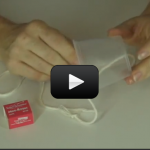 | The Best Parent-Annoyer Ever This is one of my absolute favorites, because it's so unexpected and unusual... the setup looks quite harmless, but it makes a sound worse than scratching your nails on a chalkboard. If you can't find the weird ingredient, just use water and you'll get nearly the same result (it just takes more practice to get it right). Ready? |
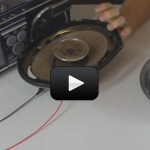 | Seeing Sound Waves This section is actually a collection of the experiments that build on each other. We'll be playing with sound waves, and the older students will continue on after this experiment to build speakers. |
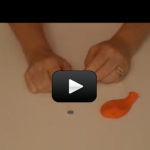 | Humming Balloon You can easily make a humming (or screaming!) balloon by inserting a small hexnut into a balloon and inflating. You can also try pennies, washers, and anything else you have that is small and semi-round. We have scads of these things at birthday time, hiding small change in some and nuts in the others so the kids pop them to get their treasures. |
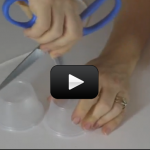 | Good Old Telephone This is the experiment that all kids know about... if you haven't done this one already, put it on your list of fun things to do. (See the tips & tricks at the bottom for further ideas!) |
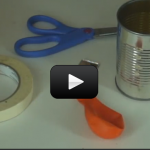 | Seeing Sound Waves using Light After you've completed this experiment, you can try making your own sound-to-light transformer as shown below. |
 | Thunder and Lightning When there's lightning, thunder is not far behind. Even if you don't live in a tropical thunderstorm area, you can still simulate this experiment using the variations below and get the most out of the main ideas about sound waves and light waves. |
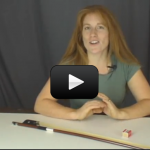 | Chladni Plates Ernst Florens Friedrich Chladni (1756-1827) is considered to be the 'father of acoustics'. He was fascinated by vibrating things like plates and gases, and his experiments resulted in two new musical instruments to be developed. |
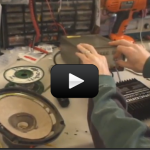 | Building Speakers Alexander Graham Bell developed the telegraph, microphone, and telephone back in the late 1800s. We'll be talking about electromagnetism in a later unit, but we're going to cover a few basics here so you can understand how loudspeakers transform an electrical signal into sound. |
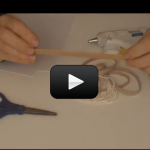 | Buzzing Hornets Sound is everywhere. It can travel through solids, liquids, and gases, but it does so at different speeds. It can rustle through trees at 770 MPH (miles per hour), echo through the ocean at 3,270 MPH, and resonate through solid rock at 8,600 MPH. |
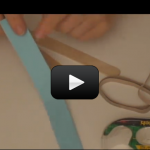 | Harmonicas Your voice is a vibration, and you can feel it when you place a hand on your throat when you speak. As long as there are molecules around, sound will be traveling though them by smacking into each other. |
